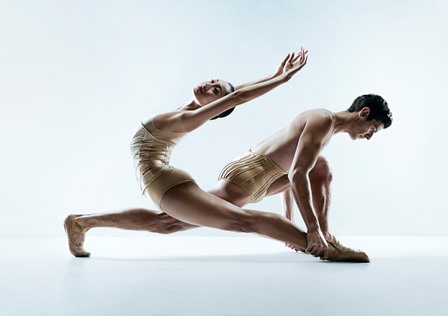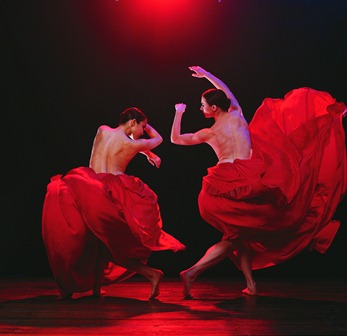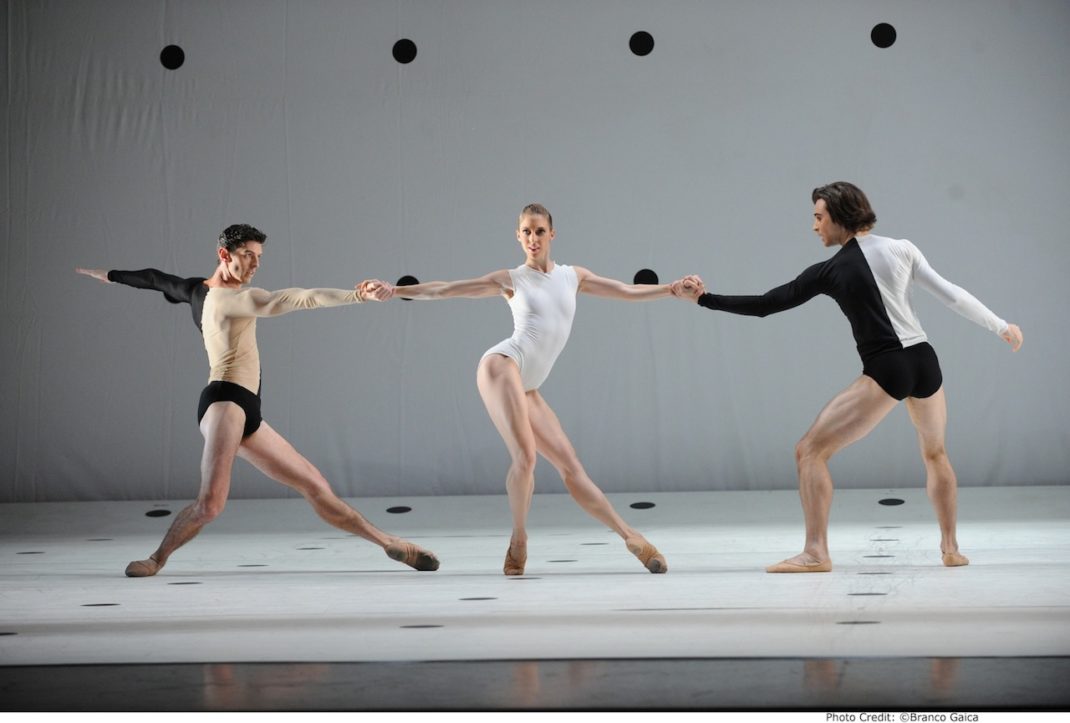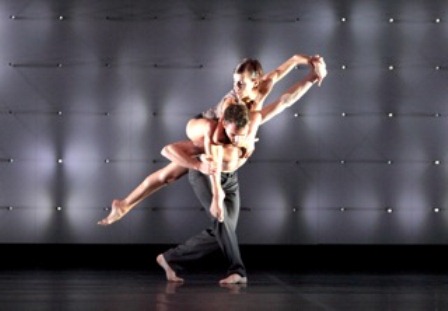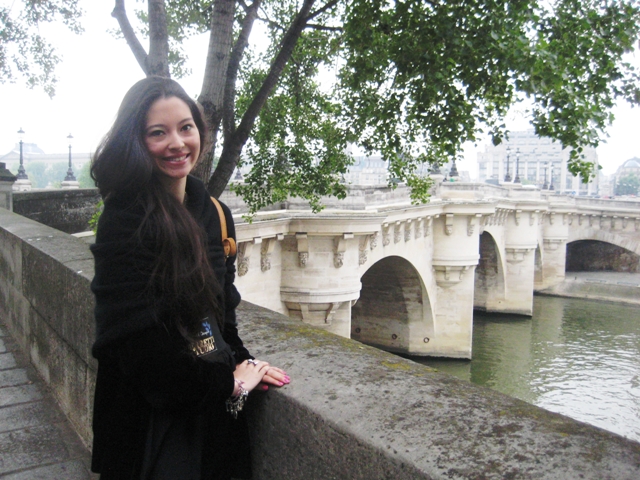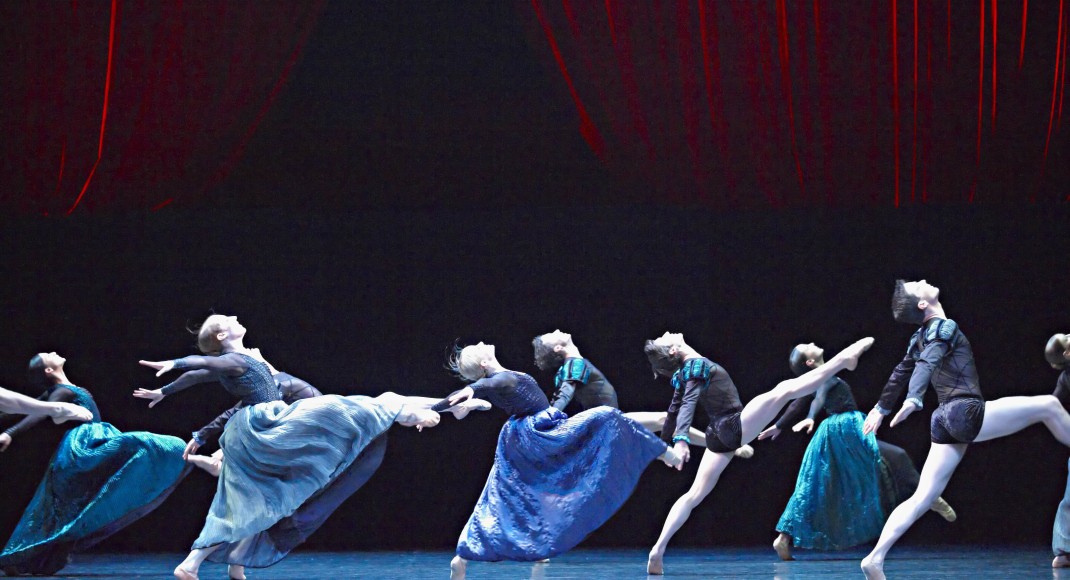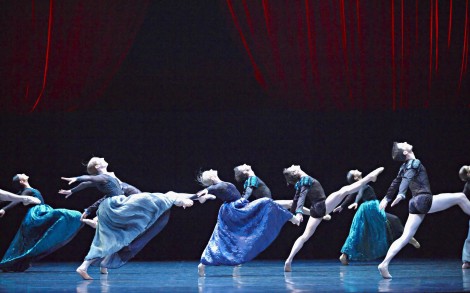- Heath Ledger Project
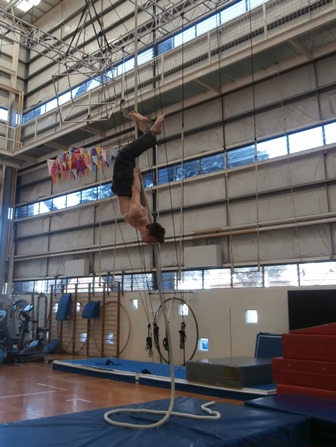
In September I continued my interviewing program for the National Film and Sound Archive’s Heath Ledger Young Artists Oral History Project with two interviews with graduating students from the National Institute of Circus Arts (NICA). Tim Rutty, seen above rehearsing an aerial rope routine, is specialising in aerials and has his eye on work with Circa.
Laura Kmetko, featured on NICA’s 2014 poster below, is specialising in contortion handstands. Following an appearance in the opening number at the Festival mondial de Cirque du Demain in Paris in January 2013 she hopes to pursue her career overseas.
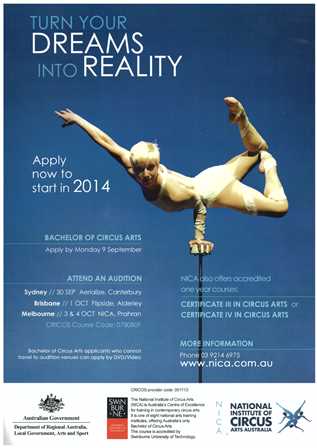
- Wayne McGregor
As we anticipate Wayne McGregor’s Chroma as part of the Australian Ballet’s 2014 program, I was interested to read about an exhibition called Thinking with the body, Wellcome collection currently showing in London until late October. A thought-provoking article about McGregor generated by this exhibition and written by Sarah Kent appeared on the arts desk site at this link.
Is it true, as Kent writes, that ‘focusing on fluent, high-energy motion devoid of emotion produces dances that feel sterile despite the brilliance of the technique’ I wonder? Below is a brief clip in which McGregor and composer Joby Talbot discuss the creation of Chroma.
- Interview: Canberra Close Up
In September I was delighted to have the opportunity to talk to Alex Sloan, presenter for 666 ABC Canberra, on her radio program Canberra Close Up. The interview is available at this link.
- Press for September
During September I had the opportunity of reviewing shows that were not dance focused. It loved the experience of going to the theatre for non-dance reasons, which is something I rarely have time to do.
- ‘Don’t skip this beat’. Review of STOMP ’13, The Canberra Times, 5 September 2013, ARTS p. 8. [Online version no longer available].
- ‘Beauty re-Bourne on the silver screen’. Preview story on the film version of Matthew Bourne’s Sleeping Beauty, The Canberra Times, 7 September 2013, Panorama p. 15. [Online version no longer available].
- ‘Caught between two worlds’. Review of The Book of Everything, Canberra Rep., The Canberra Times, 17 September 2013, ARTS p. 7. [Online version no longer available].
- ‘The freedom for dancing’. Review of Footloose, Supa Productions, The Canberra Times, 17 September 2013, ARTS p. 6. [Online version no longer available].
- ‘Ballerina’s globetrotting life’. Obituary for Anna Volkova Barnes, The Canberra Times, 18 September 2013, ARTS p. 6. As a PDF.
- ‘Russian feast a real cracker’. Review of A Festival of Russian Ballet, Imperial Russian Ballet, The Canberra Times, 19 September 2013, ARTS p. 8. [Online version no longer available].
- ‘Winton’s tale of grief challenges and confronts’. Review of Tim Winton’s Shrine, Black Swan State Theatre Company, The Canberra Times, 28 September 2013, ARTS p. 20. [Online version no longer available].
Michelle Potter, 30 September 2013
